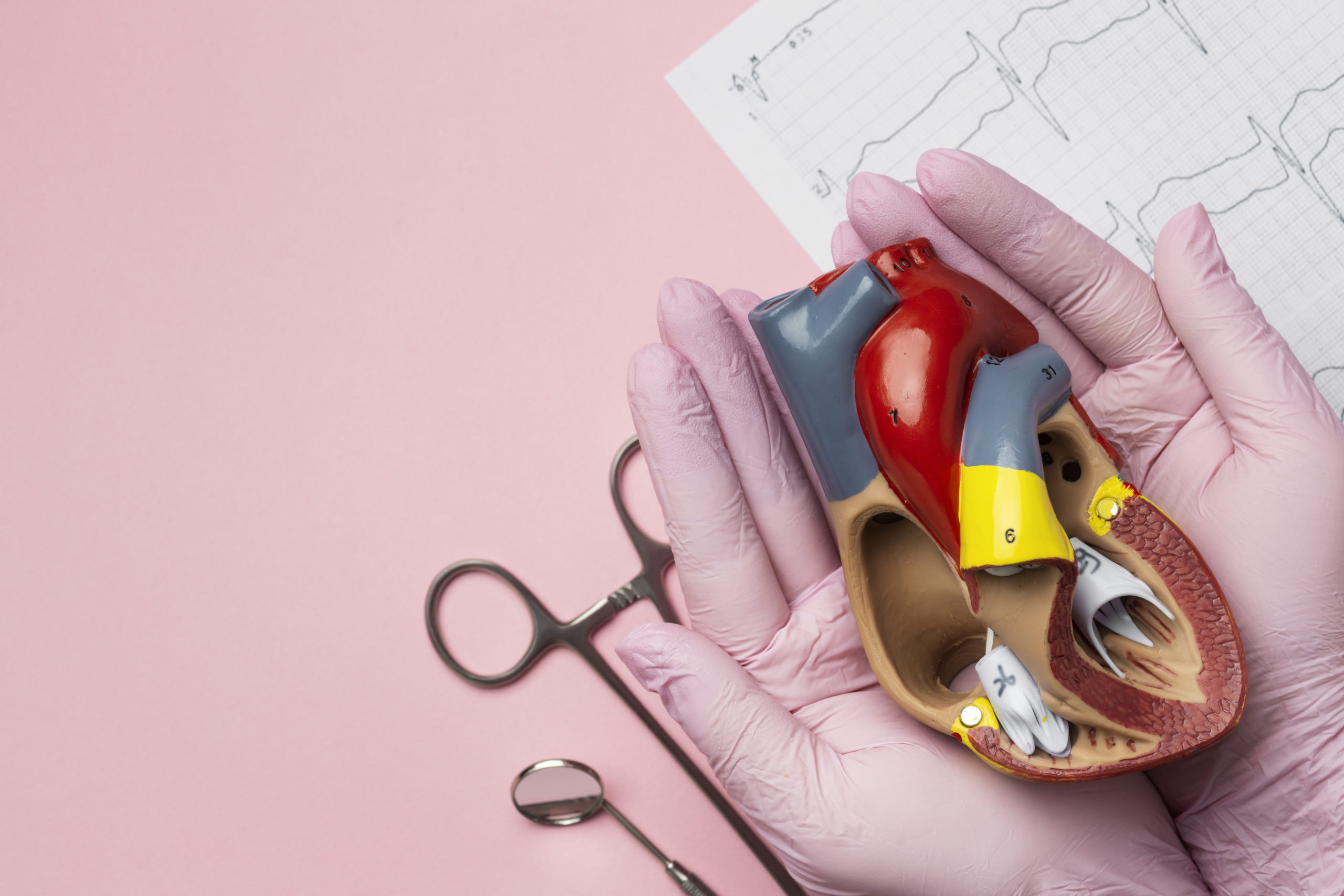The world of cardiovascular surgery is a delicate dance of precision, skill, and innovation. At the forefront of this intricate art lies the design of cardiovascular surgical instruments. In recent years, there has been a transformative shift towards patient-centric design, with an emphasis on creating instruments that not only aid surgeons but also enhance patient safety and comfort. In this article, we will explore how patient-centric design principles are reshaping cardiovascular surgical instruments, ultimately improving outcomes for both patients and surgeons.
1. Surgeon Comfort: Affecting Surgical Precision
Patient-centric design starts with the surgeon. Comfort and ease of use are paramount, as a relaxed surgeon is a precise surgeon. The ergonomic design of instruments ensures that they fit comfortably in the surgeon’s hand, reducing fatigue during lengthy procedures. Instruments with well-balanced handles and intuitive controls allow for steady movements, enhancing surgical precision.
2. Reduced Invasiveness: Minimizing Patient Trauma
One of the key tenets of patient-centric design is minimizing patient trauma. Cardiovascular surgery often involves delicate procedures near critical structures. Surgical instruments are now designed to be minimally invasive, meaning smaller incisions, reduced tissue disruption, and faster recovery times for patients. These instruments are carefully crafted to perform complex tasks through tiny openings, ultimately leading to improved patient outcomes.
3. Tactile Feedback: Enhancing Surgical Dexterity
Surgical instruments with tactile feedback mechanisms provide surgeons with a sense of touch, even in minimally invasive procedures. This feedback allows surgeons to better gauge tissue resistance and make precise adjustments. Patient-centric instruments aim to replicate the feel of traditional open surgery, providing the surgeon with valuable tactile information.
4. Visual Clarity: Enabling Precise Navigation
In cardiovascular surgery, visual clarity is crucial. Patient-centric instruments are designed to work seamlessly with advanced imaging technologies. Clear lines of sight and compatibility with imaging equipment ensure that surgeons have a comprehensive view of the surgical site. This not only aids in precision but also reduces the risk of complications.
5. Customization: Tailoring to Unique Surgical Needs
Every patient and surgical procedure is unique. Patient-centric design allows for instrument customization. Surgeons can choose instrument sizes and configurations that best suit the specific surgery, further enhancing precision and patient safety. Customization also extends to instrument tips, ensuring they align perfectly with the surgeon’s intended movements.
6. Safety Features: Protecting Patients and Surgeons
Patient-centric instruments are equipped with safety features to protect both patients and surgeons. These may include mechanisms to prevent accidental tissue damage, as well as fail-safes to ensure the instruments operate within safe parameters. These safety features reduce the risk of complications during surgery.
Conclusion: Elevating Patient Care Through Design
The shift towards patient-centric design in cardiovascular surgical instruments is a testament to the evolving landscape of medical technology. Instruments are no longer mere tools; they are extensions of a surgeon’s skill, designed to enhance precision, reduce invasiveness, and improve patient safety and comfort.
At MedivationBio, we understand the importance of patient-centric design. Our commitment to creating cardiovascular surgical instruments with comfort in mind reflects our dedication to elevating patient care. By embracing these design principles, we can continue to push the boundaries of innovation, ultimately benefiting patients, surgeons, and the field of cardiovascular surgery as a whole.
Patient-centric design isn’t just about instruments; it’s about improving lives. It’s a promise that surgery can be safer, more comfortable, and more effective, all thanks to thoughtful and innovative design.

